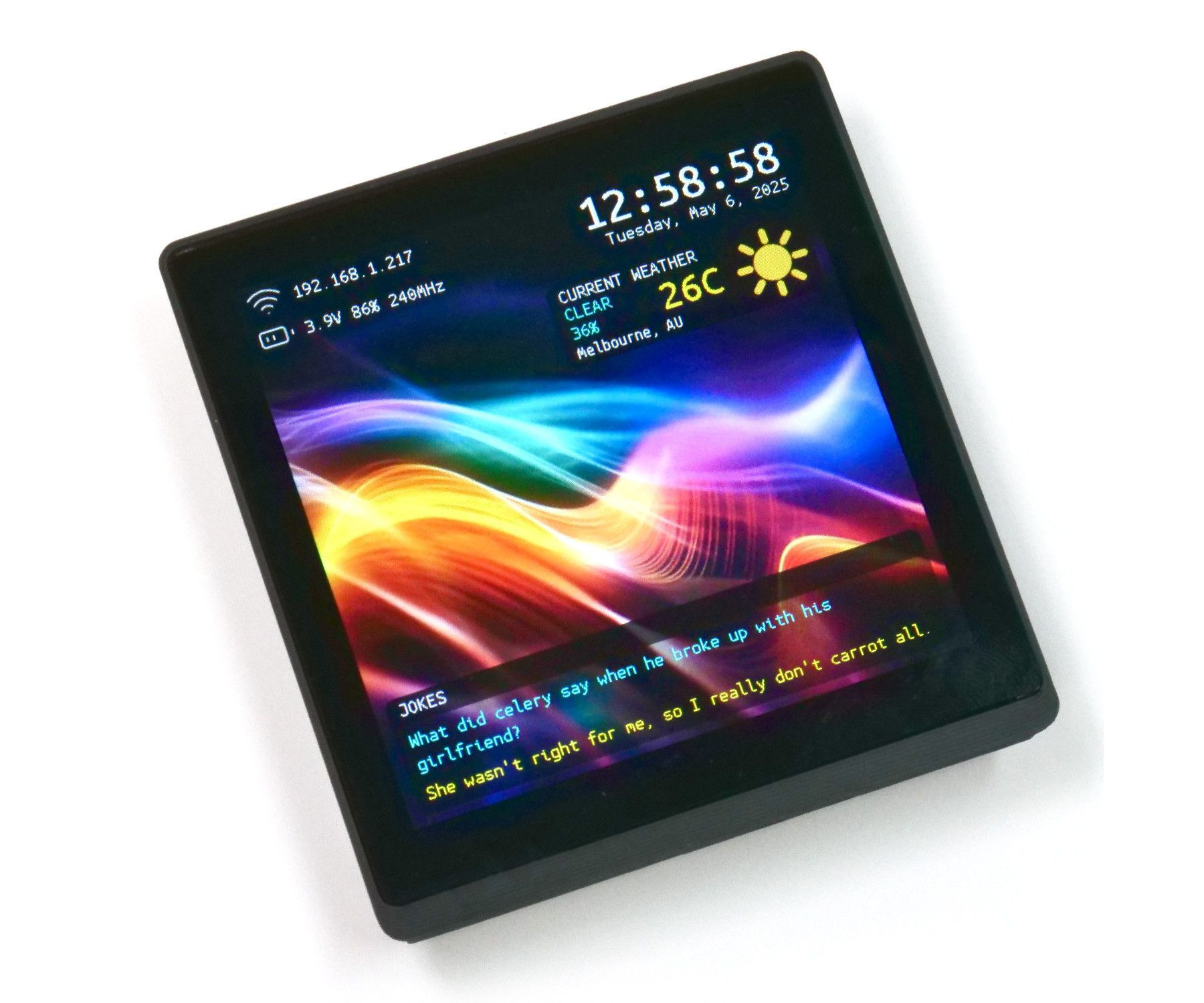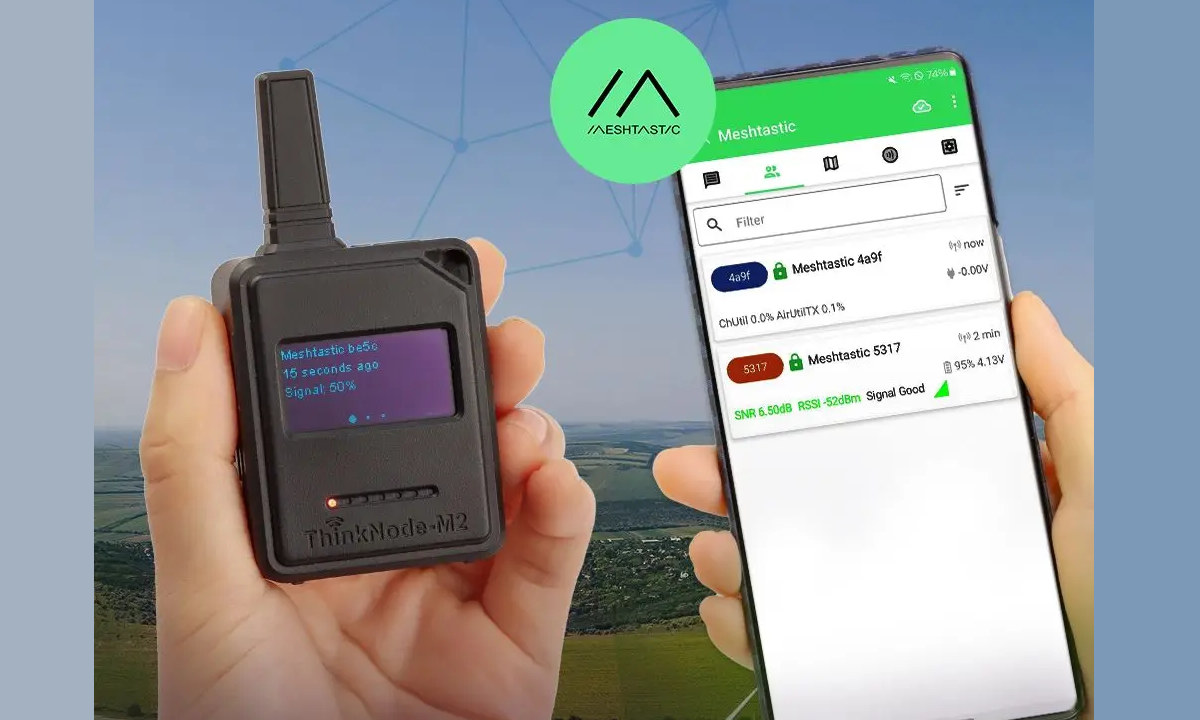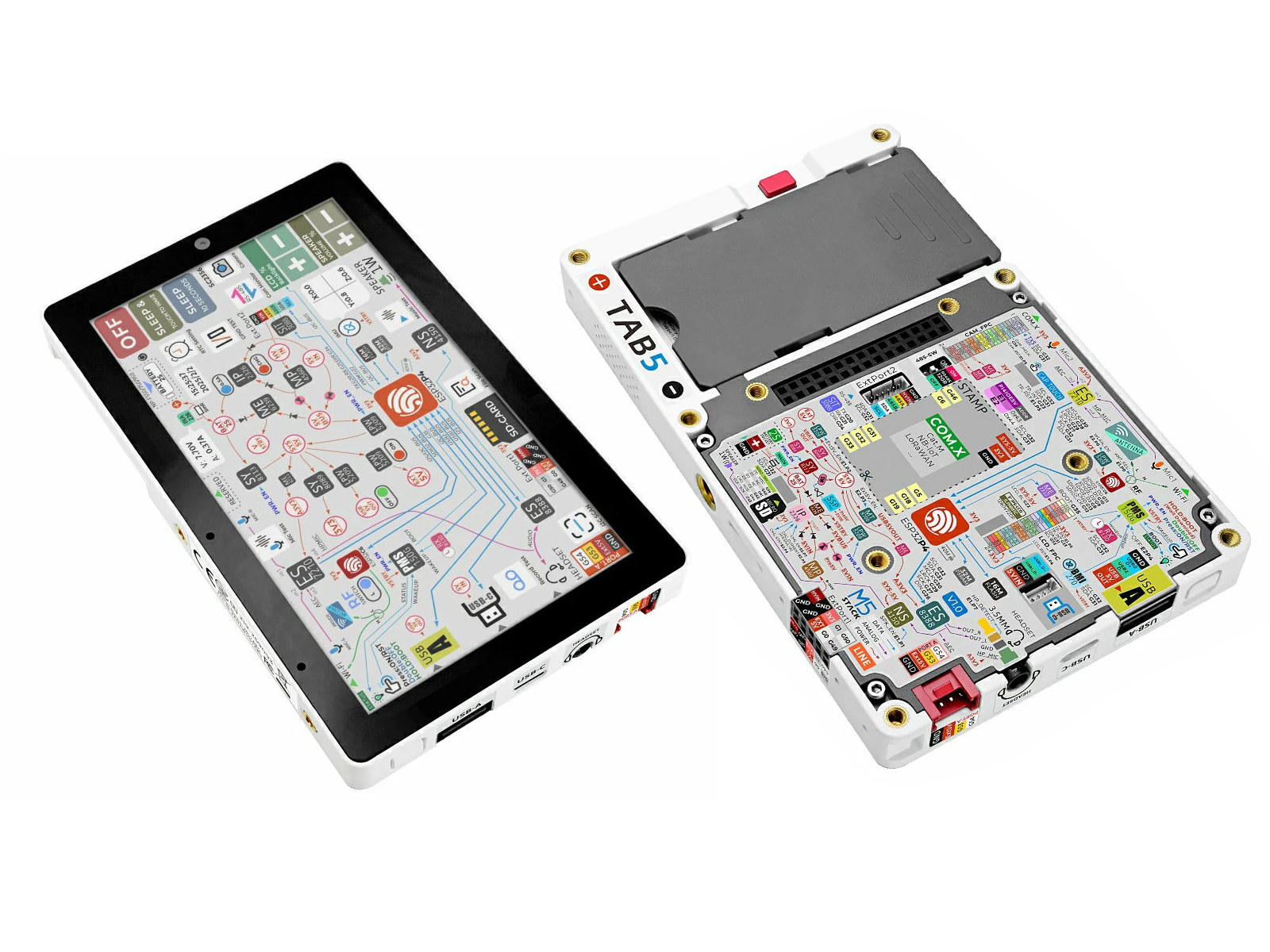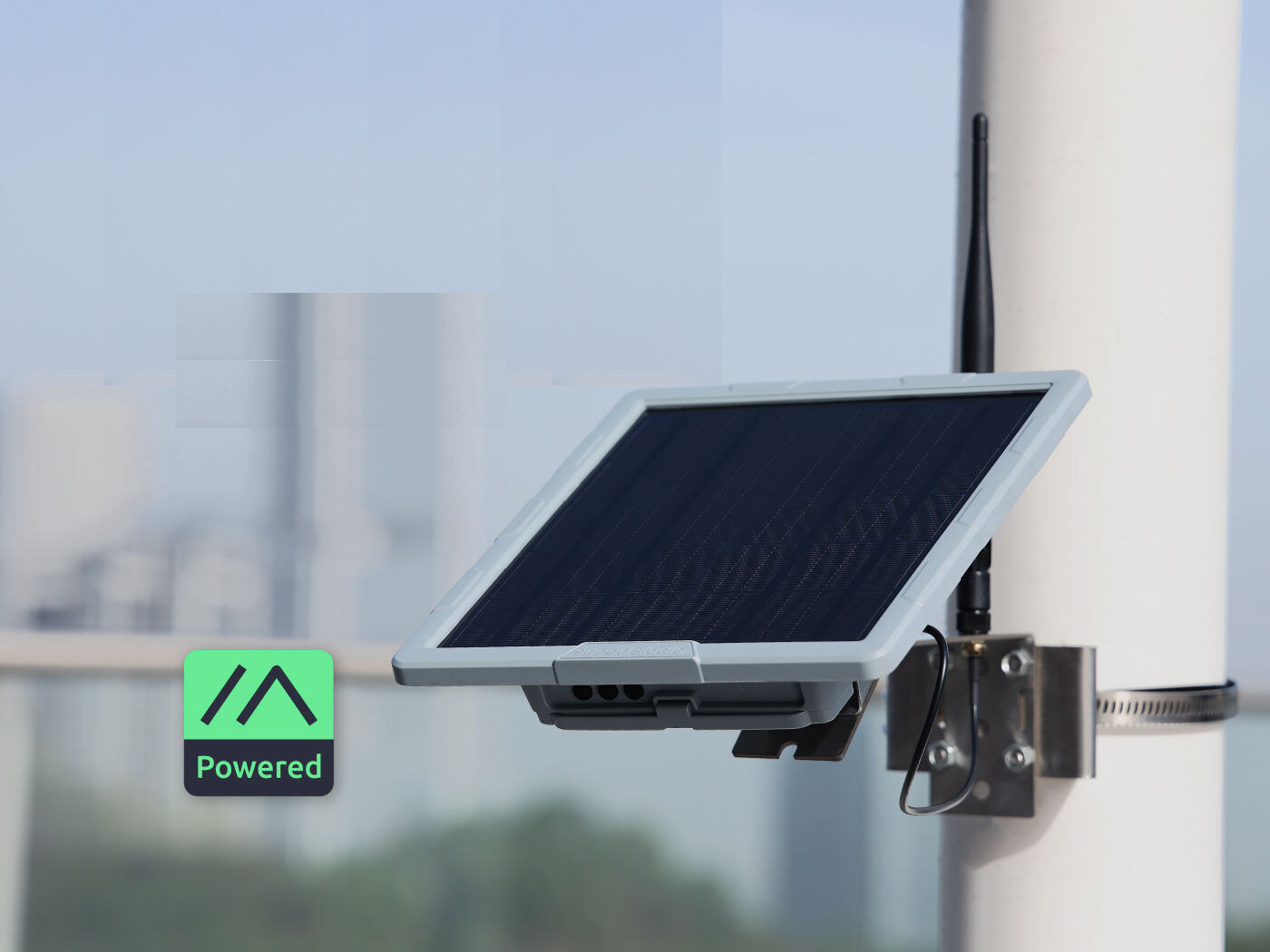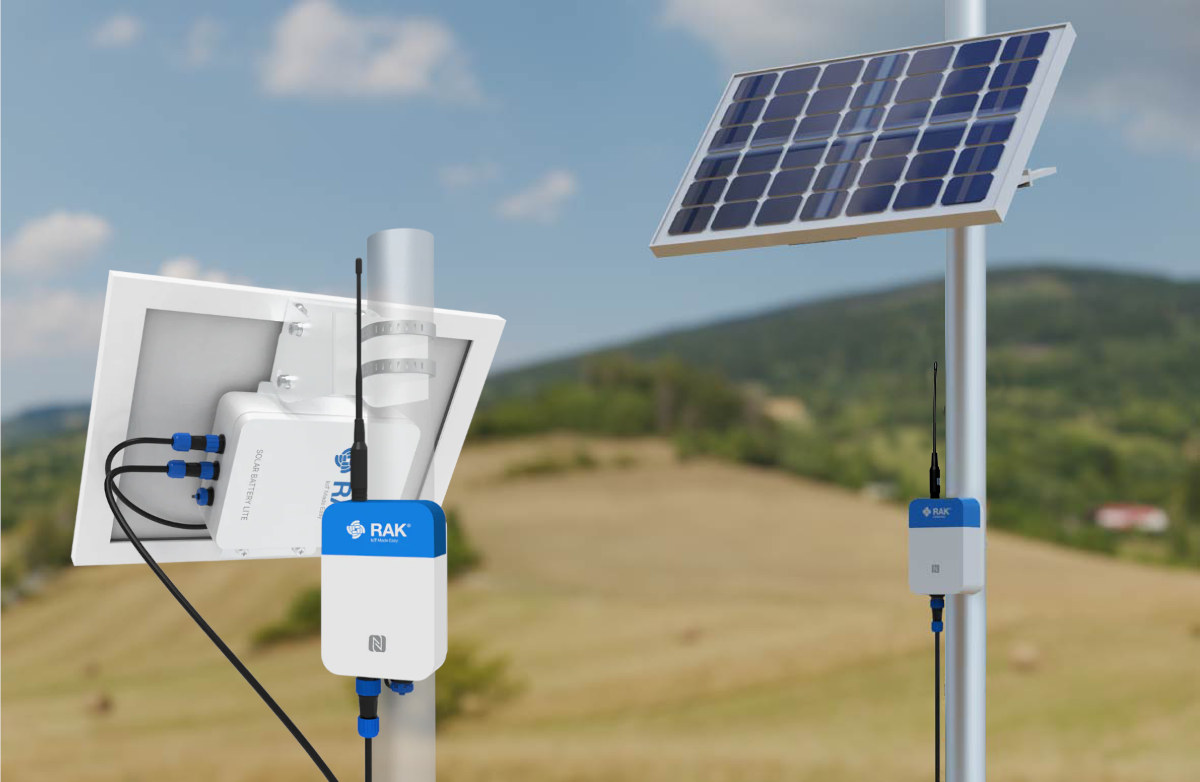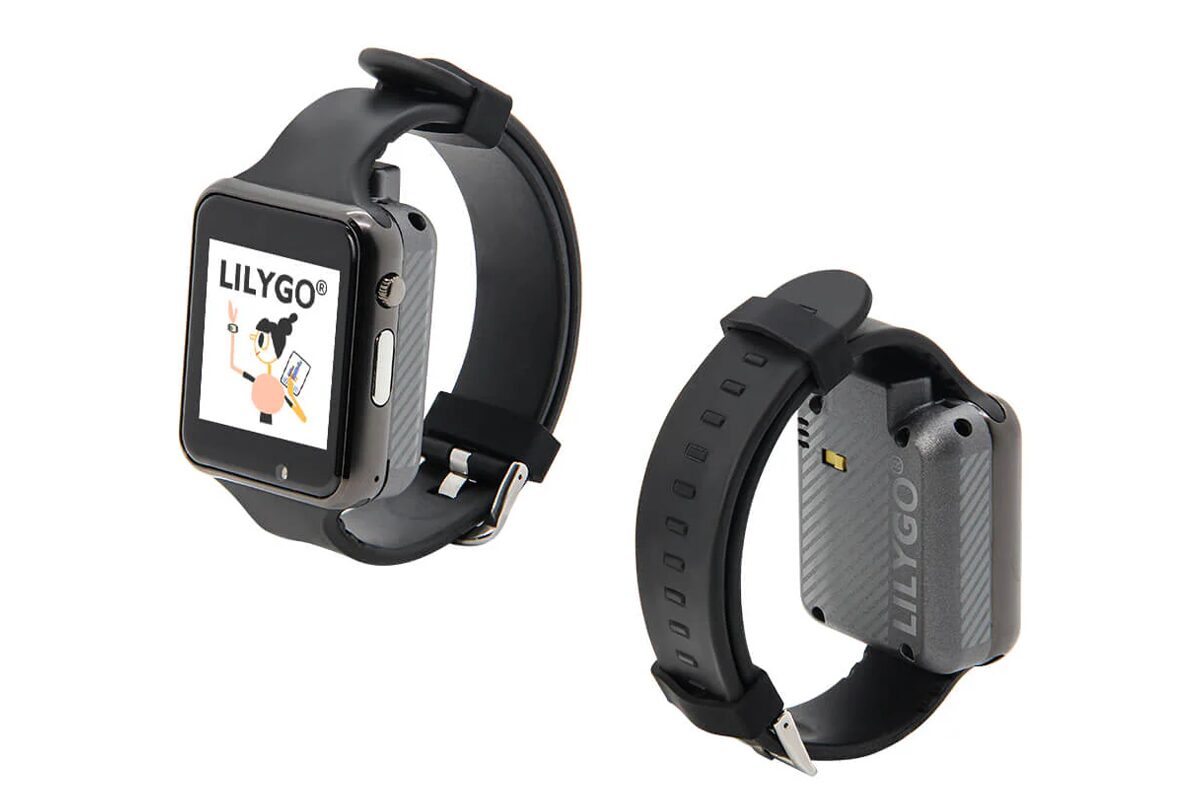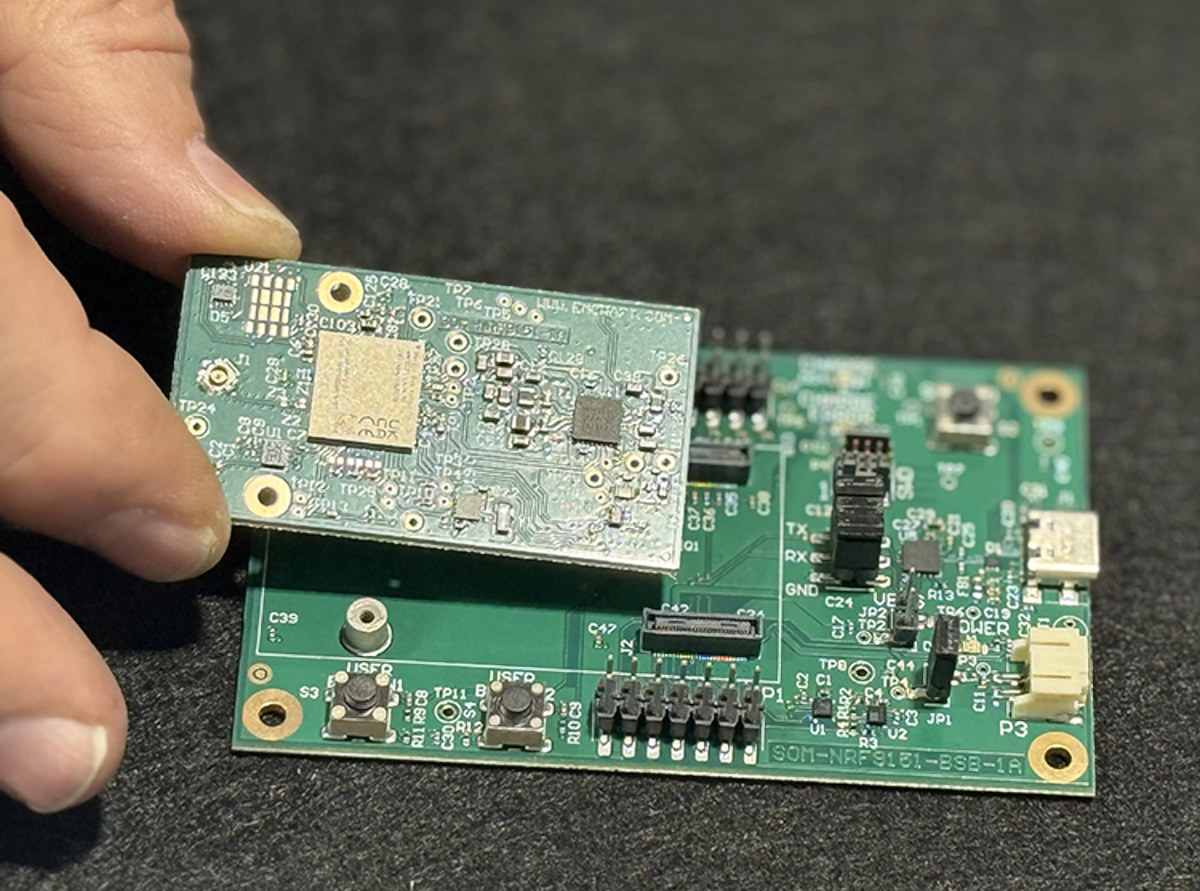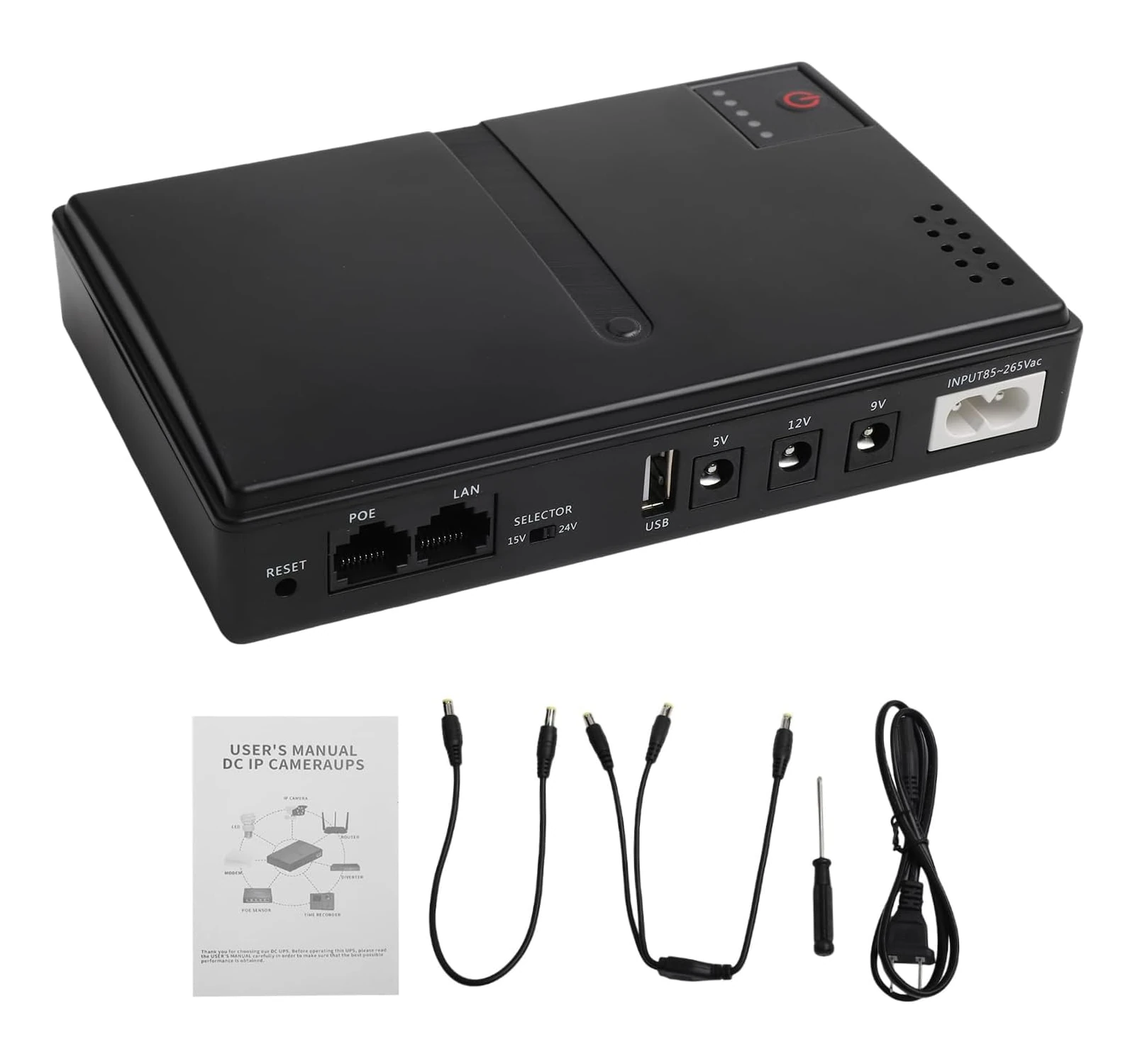Unexpected Maker’s SQUiXL is a battery-powered ESP32-S3 WiFi and Bluetooth IoT controller and development platform with a 4-inch touchscreen display with 480×480 resolution. Designed for makers, hardware engineers, embedded developers, and home automation enthusiasts, the SQUiXL integrates with 8MB PSRAM and a 16MB SPI flash for plenty of resources for the firmware. Other features include a microSD card, an amplifier with speaker connector, a haptic driver and motor, an RTC, and a STEMMA/Qt connector for expansion. SQUiXL specifications: WiSoC – Espressif Systems ESP32-S3 CPU – Dual-core Tensilica LX7 @ up to 240 MHz with vector instructions for AI acceleration Memory – 512KB RAM Wireless – 2.4 GHz WiFi 4 and Bluetooth 5.0 LE + Mesh Memory – 8MB octal PSRAM Storage 16MB QSPI flash MicroSD card slot (multiplexed with audio amplified) Display – 4-inch 480×480 RGB display with capacitive touch (GT911) Audio MAX98357A I2S Audio Amplifier (multiplexed with microSD card […]
ThinkNode M2 ESP32-S3-based Meshtastic handset features 1.3-inch OLED display, 1,000 mAh battery
Elecrow ThinkNode M2 is yet another Meshtastic handset for off-grid messaging and GPS coordinate sharing based on an ESP32-S3 module providing Bluetooth connectivity to a smartphone, and a Semtech SX1262 LoRa transceiver for low-power long-range wireless connectivity. It’s an evolution of the ThinkNode-M1, itself similar to the LILYGO T-Echo, based on a Nordic Semi nRF52840 Bluetooth module and SX1262 LoRa transceiver with an external antenna housed in a 3D printed enclosure. The new ThinkNode M2 is very similar but features a more powerful ESP32-S3 module instead, relies on a 1.3-inch OLED display instead of a 1.54-inch e-paper display, and is housed in an ABS plastic case. ThinkNode M2 specifications: Core module – ESP32-S3 module (looks to be ESP32-S3-WROOM-1 on the photo below) SoC – ESP32-S3 CPU – dual-core 32-bit microcontroller @ 240MHz Memory – 512KB SRAM, 8MB PSRAM Storage – 384KB ROM 4MB flash Wireless – 2.4GHz Wi-Fi and Bluetooth […]
M5Stack Tab5 is a tablet-like ESP32-P4 IoT development kit with a 5-inch touchscreen display and front-facing camera
The M5Stack Tab5 may look like a small tablet, but it’s an ESP32-P4 IoT development kit with a 5-inch touchscreen display, a 2MP front-facing camera, an ESP32-C6 WiFi 6, Bluetooth, and 802.15.4 wireless module, and a range of interfaces. Those include USB Type-A and Type-C ports, an RS485 interface, a STAMP pad to connect an LTE Cat M/NB-IoT or LoRaWAN module, and expansion connectors including a Grove module, a 30-pin M5Bus header, and a GPIO_EXT connector. The Tab5 is also equipped with a built-in speaker and dual-microphone array, and the ESP32-P4 development kit is powered by a removable battery with charging support. M5Stack Tab5 specifications: Microcontroller – Espressif Systems ESP32-P4NRW32 CPU Dual-core 32-bit RISC-V HP (High-performance) CPU @ up to 400 MHz with AI instructions extension and single-precision FPU Single-RISC-V LP (Low-power) MCU core @ up to 40 MHz with 8KB of zero-wait TCM RAM Memory 768 KB HP L2MEM […]
SenseCAP Solar Node P1 and P1-Pro are low-cost outdoor Meshtastic repeaters
We’ve just written about RAKwireless solar-powered WisMesh repeaters to extend the range of Meshtastic networks, but there are now lower-cost options with Seeed Studio’s SenseCAP Solar Node P1 and P1-Pro repeaters. Both feature a solar panel, XIAO nRF52840 Plus and Wio-SX1262 modules, but the SenseCAP Solar Node P1-Pro adds GPS, GLONASS, and Galileo support with the XIAO L76K and four 18650 batteries for backup power.. SenseCAP Solar Node P1 and P1-Pro specifications Main controller – XIAO nRF52840 Plus SoC – Nordic nRF52840 Arm Cortex-M4F microcontroller @ up to 64 MHz with 1 MB flash, 256 KB SRAM, Bluetooth 5.0, NFC, 802.15.4 connectivity Storage – 2 MB onboard Flash USB – USB-C port for power and programming Wireless Wio-SX1262 Module – Semtech SX1262, TXOP=22dBm@862-930MHz) Output Power – Up to +22 dBm Frequency Range – 862 MHz to 930 MHz Modulations – LoRa, (G)FSK, Long Range FHSS Sensitivity – Down to -148 […]
Solar-powered WisMesh Repeaters extend the range of Meshtastic networks
RAKWireless has launched two solar-powered Meshtastic range extenders/repeaters: the WisMesh Repeater with a larger battery and external solar panel, and the WisMesh Repeater Mini with a more compact design with an integrated solar panel Meshtastic open-source firmware allows LoRa nodes to be used for off-grid messaging, GPS coordinates sharing, and more. The mesh network relies on nodes to communicate with each other and relay messages to other nodes if needed. However, this does not work reliably when nodes are too far apart or one node goes offline for whatever reason. That’s when Meshtastic repeaters are needed. WisMesh Repeater / Repeater Mini specifications: WisBlock RAK4631 Core Module Wireless SoC – Nordic Semi nRF52840 Cortex-M4F MCU @ 64 MHz with 1MB flash, 256 KB RAM, BLE 5.0, pre-flashed with Meshtastic firmware LoRa transceiver – Semtech SX126x series with support for Meshtastic 8xx and 9xx MHz networks 800 MHz – RU864/ IN865/ EU868 […]
LILYGO T-Watch S3 Plus smartwatch gets GPS and 940mAh battery
LILYGO has recently introduced the T-Watch S3 Plus, an ESP32-S3 smartwatch which can be considered an upgrade from the previous generation T-Watch S3, adding a u-blox MIA-M10Q GPS and a larger 940mAh LiPo battery for extended battery life. The T-Watch S3 Plus smartwatch still supports Wi-Fi, Bluetooth LE, and LoRa connectivity, and integrates a 1.54-inch 16-bit full-color TFT LCD display with capacitive touch and a wide-viewing angle. The smartwatch also features an infrared (IR) transmitter that can be used for remote control or proximity detection. T-Watch S3 Plus specifications Wireless MCU – Espressif Systems ESP32-S3 CPU – Dual-Core 32-bit Tensilica LX7 @ up to 240 MHz with vector instructions for AI/ML acceleration Memory – 512KB SRAM, 8MB PSRAM Storage – 16MB flash, 384KB ROM Wireless – Wi-Fi 4 and Bluetooth 5 LE/Mesh Display – 1.54-inch 16-bit full color TFT LCD display with 240×240 resolution, capacitive touch; ST7789V SPI controller Audio – […]
emCraft SOM-NRF9151 – A Nordic Semi nRF9151 System-on-Module with LTE-M, NB-IoT, DECT NR+, and GNSS
Better known for its Linux and uCLinux-powered system-on-modules, emCraft has just launched the SOM-NRF9151 system-on-module powered by a Nordic Semi nRF9151 Arm Cortex-M33 SiP (System-in-Package) with LTE-M, NB-IoT, and DECT NR+ connectivity, and GNSS functionality. The SoM also features a 16MB SPI flash, an nPMIC1300 for power management, a Nano SIM card slot, and a footprint for an eSIM. I/Os and power signals are exposed through two 50-pin board-to-board connectors, and the company provides a starter kit with a baseboard for evaluation. emCraft SOM-NRF9151 specifications: SiP – Nordic Semi nRF9151 CPU – Arm Cortex-M33 @ 64 MHz Memory – 256 KB SRAM Storage – 1 MB flash Wireless – LTE-M, NB-IoT, and DECT NR+ modem with GNSS 700-2200 MHz LTE bands: B1-B5, B8, B12, B13, B17-B20, B25, B26, B28, B65, B66, B85 Power Class 5 20 dBm Power Class 3 23 dBm 1.9GHz NR+ band support Certified for global operation […]
Mini UPS with 5V, 9V, 12V DC, and PoE output could be useful for routers, security cameras, SBCs, and mini PCs
Most uninterruptible power supplies (UPS) require AC voltage and use specific batteries that must be changed every few years. But those may be oversized and not the most efficient if you just want to keep single board computers (SBCs), low-power mini PCs, routers, or security cameras up and running during power failures. Luckily, some mini UPS solutions use standard rechargeable 18650 batteries, output 5V, 9V, or 12V DC, or even PoE (15V/24V) which may be more suitable for those use cases. Many mini UPS solutions come from WGP (Wonderful Green Power), so let’s have a look at the WPG103A model. WPG103A mini UPS specifications: Batteries – 4x 18650 batteries for a combined 10,400 mAh capacity Protection – Overcharge, over-discharge, overcurrent, and short circuit protection Misc – Power button, status LEDs Power Input – 12V/2A via DC jack Power Output 5V via USB Type-A port (likely limited to 1.5A or 2A […]


